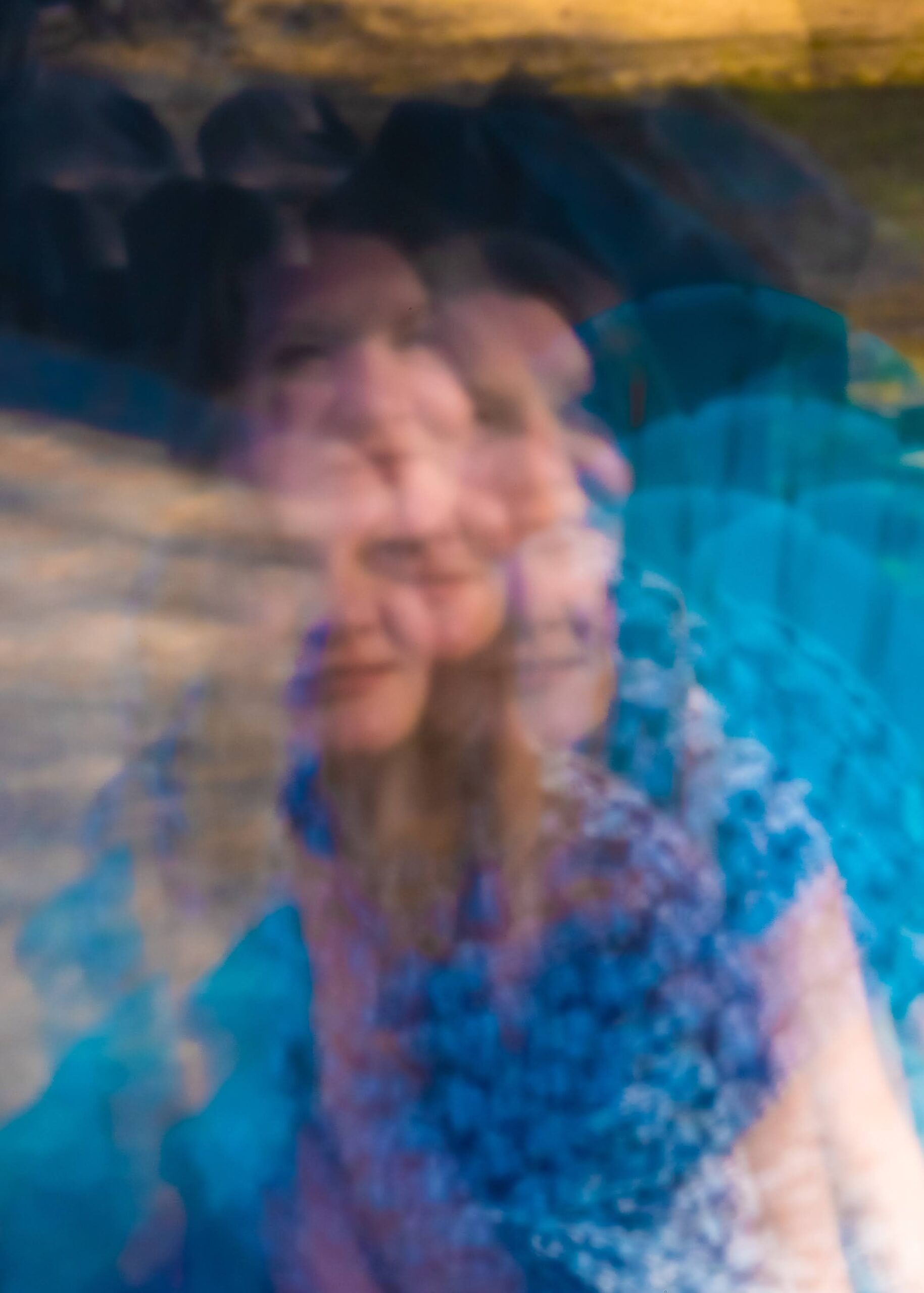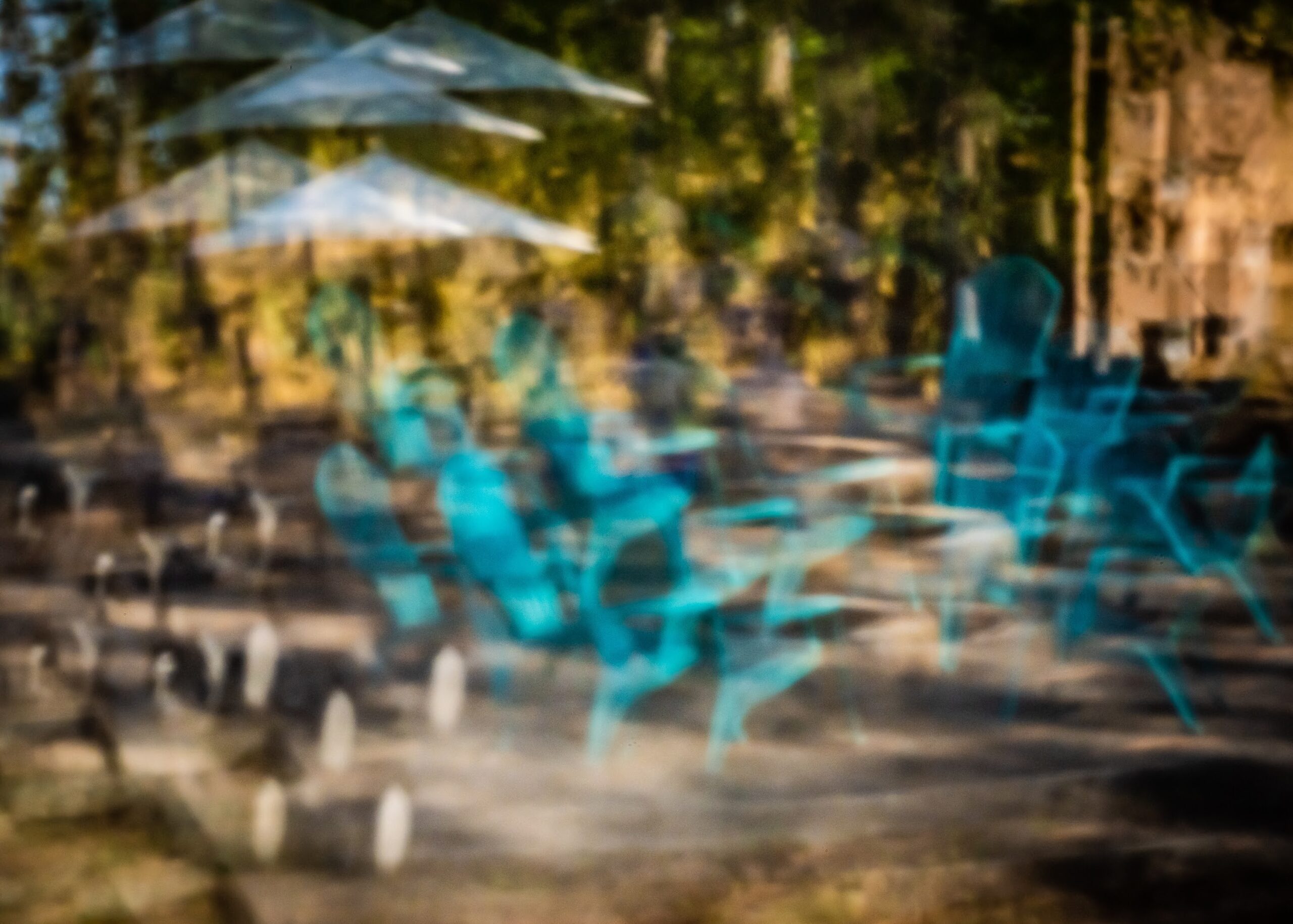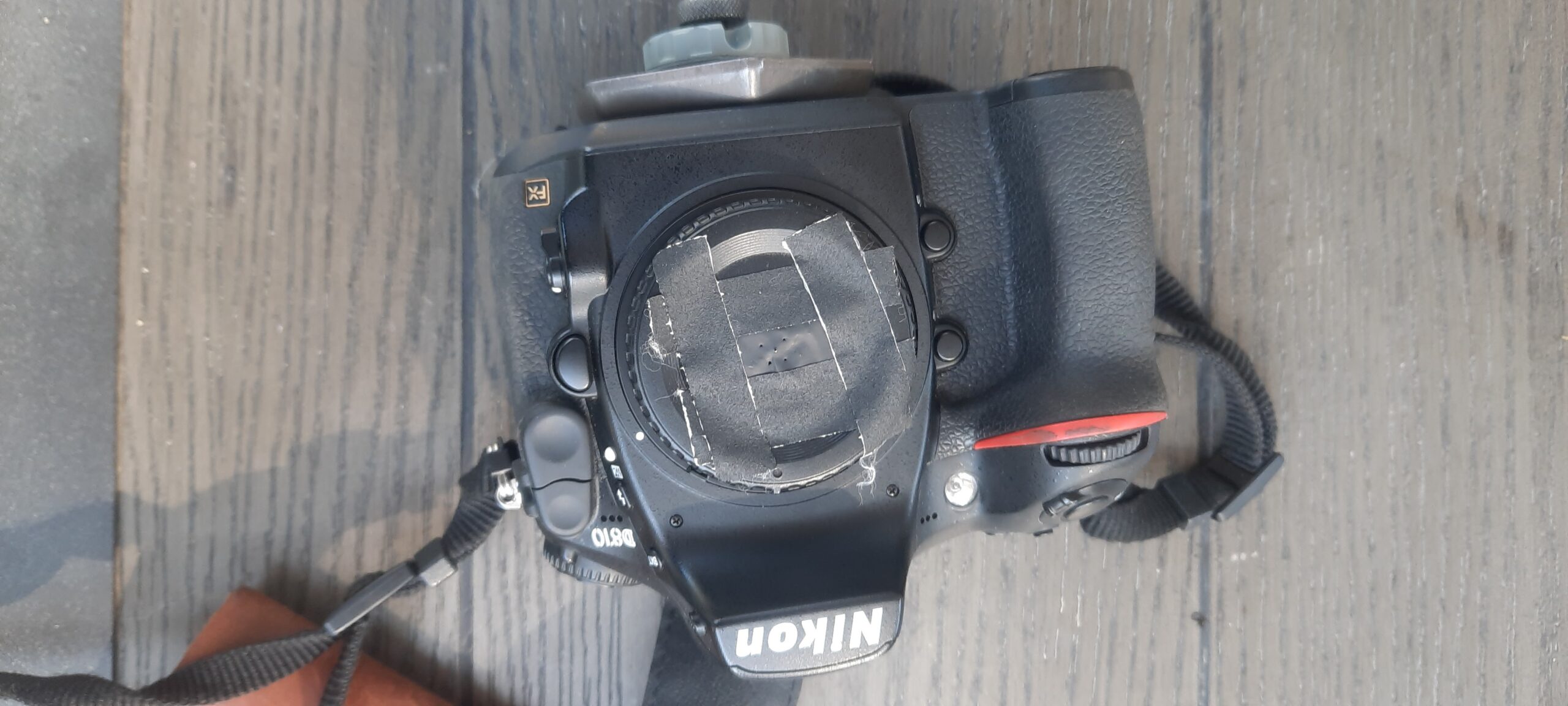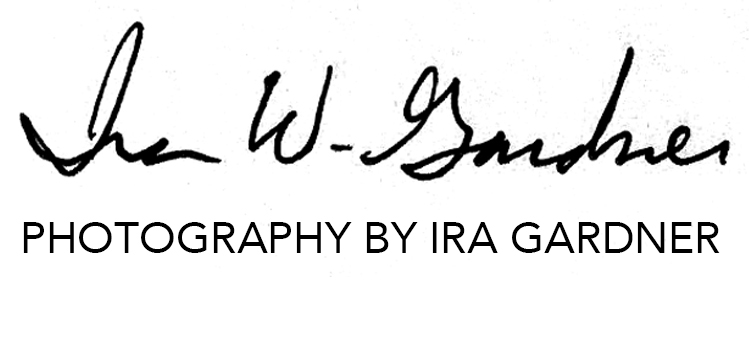
Routinely I come across photographers who are engrossed with trying to learn Photoshop skills or are always studying the latest equipment and trying to emulate the type of work they see on greeting cards and posters.
Just last week I came across a website dedicated to the technique of high dynamic range or HDR image making where you take multiple exposures and have software combine those exposures together automatically to produce an image with full shadow and highlight detail that resembles a painting. Many camera club photographers and portrait photographers purchase filter effects and presets that allow them to transform the look of their portraits into oil paintings without fuss and then print them on stretched canvas and apply a brush stroked varnish to compete the illusion.

When I am at a bookstore the magazine rack is filled with how-to publications that are designed to sell gear and accessories to eager enthusiasts. The camera manufacturers don’t make as much profit off of the camera body as they do all of the accessories. YouTube is filled with photographers who are trying to sell presets that will some how transform whatever it is we photograph into an instant “work of art.”
I think this technological approach to photography often leads to creative disaster.
To make matters worse, the well-heeled photography enthusiast can travel the world on guided expeditions and be assured of coming home with National Geographic quality images. I have personally known at least two amateur photographers, who have proudly shown me their portfolio of images from Burma and China where the guide arranged for indigenous models to dress in “traditional attire”, posed them, composed the image on a camera placed on a tripod and even set the camera exposures!
Even working professionals often return from workshops and include images in their portfolio that are virtually identical to their peers from the same workshop. While mimicry is a completely normal and acceptable practice for transferring knowledge and establishing cultural norms, it is definitely not creativity!
Magnum photographer David Hurn describes it this way:
“There is an analogy which I like to use: When I landscaped my garden I needed to plant trees. I could have obtained an instant tree by collecting an assortment of trunks, branches, twigs and leaves and assembling the bits. But the tree would be dead; it would never grow into something else. So the starting point was a sapling, which, by careful nurturing, and a good deal of patience, will grow into a tree, often into a form which could not have been predicted. It seems to me that it is the same with a body of work, of any merit, in photography. The greatest scope for deep-rooted, organic growth begins with the simplest of premises: the direct visual encounter with a selected subject.”
Pinhole Experiment
Last quarter I was giving an art history lecture where I was talking about impressionism, pointillism, and cubism. I was trying to connect research into art history with developing creative experiments for our imagemaking. Since we were in the midst of doing pinhole photography using paint cans as a camera I decided to see what the effect of converting one of my digital cameras temporarily into a pinhole camera by drilling a hole in the body cap and placing a layer of gaffer tape over the hole and then adding a needle hole to that. I then decided to experiment with making multiple needle holes on the tape to see if I got multiple images. The idea was drawn from the way cubism portrayed a subject from multiple view points which created interesting distortions to the image and moved it away from realism and towards a minimalism of shape and form.

While I know I could emulate cubism more closely by doing multiple composite images layered in photoshop, I decided to see what I could get with a single exposure in camera. The nice thing about using this modern digital camera body was that I could adjust the ISO to get a decent hand held exposure and I could get instant feedback on the test. I think I will attempt more traditional film pinholes in the near future because film is the one medium I can actually do multiple exposures on a single frame or sheet of film in the camera. This was an informative exercise that only took about 15 minutes of playtime!

